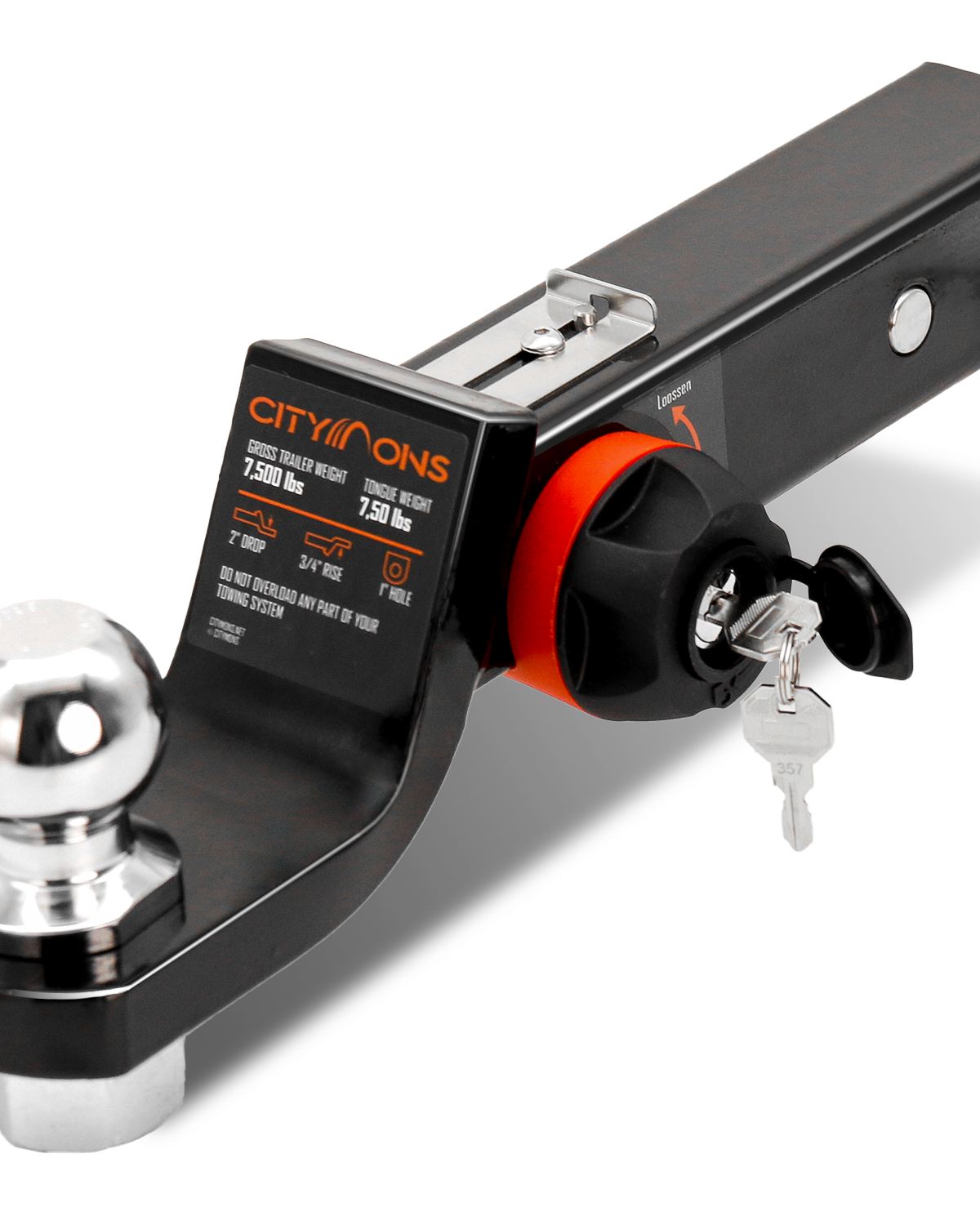Hey there fellow trailer enthusiasts! Today, let's dive into a topic that often gets a bit tangled up – the difference between trailer hitches and tow bars. Whether you're hauling a boat, a camper, or just some heavy-duty gear, having the right equipment is key to a smooth ride.
Trailer Hitches
First off, let's talk about trailer hitches. These trusty gadgets are like the unsung heroes of the towing world. They attach to the frame of your vehicle, providing a secure connection point for your trailer. Hitches come in various types, including ball hitches, pintle hitches, and fifth-wheel hitches, each designed for different towing needs. Ball hitches are the most common, featuring a ball-mounted on a receiver that locks into place, while pintle hitches offer a more heavy-duty option with a hook and loop system. Fifth-wheel hitches are specifically designed for towing large trailers, commonly found on pickup trucks.

Tow Bars
Now, onto tow bars. These bad boys offer a slightly different approach to towing. Instead of attaching to the rear of your vehicle like a hitch, tow bars connect directly to the front bumper or frame. They're typically used for flat towing vehicles behind a motorhome or RV. Tow bars come in two main types – rigid A-frame tow bars and self-aligning tow bars. The former provides a solid connection but requires precise alignment during hookup, while the latter offers easier hookup with built-in mechanisms for alignment.

Conclusion
In a nutshell, trailer hitches are your go-to for towing trailers behind your vehicle, while tow bars are ideal for flat towing vehicles behind a motorhome. So, whether you're hitting the open road with your camper in tow or exploring new trails with your off-road vehicle, make sure you've got the right gear for the job!






